The Ticino: a river to navigate, a runway for taking off
During the meeting “Il lido di Sesto, dalla Laguna al Lago”, on Saturday 7 December, there was discussion of the town’s relationship with the Ticino
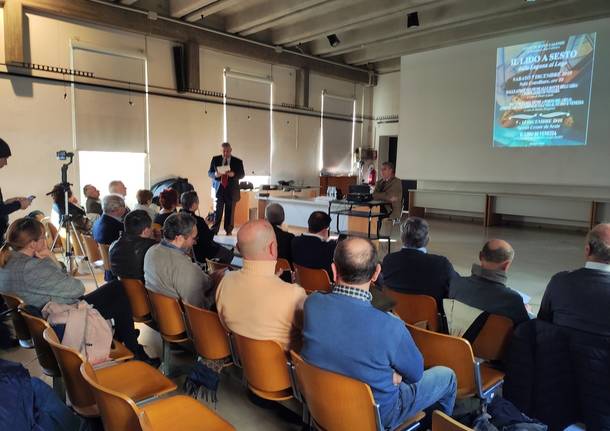
For a town, a river was often the most important communication route, but for Sesto Calende, the Ticino opened the door to the sky. For centuries, the inhabitants of Sesto Calende used the currents of the Ticino for travel and trade, but with the arrival of the first railway line, the thousands of boats that had always occupied the river disappeared. Despite everything, the art of their builders did not disappear, and after some years, their “boats” returned to sail the Ticino again, after they were transformed into the hulls of the first seaplanes in history.
The special bond that for hundreds of years linked the town of Sesto Calende to its river was the principal topic of the meeting “Il lido di Sesto, dalla Laguna al Lago” (“The Sesto shore, from the Laguna to the Lake”), organised by two historians, Pietro Lando and Matteo Maggioni, which took place in the council chamber of Sesto Calende, on Saturday, 7 December.
Guests of a land that is not very fertile and hard to cultivate, the inhabitants of Sesto Calende always based their economy on craftsmanship and industry. The true source of wealth for the territory has been the Ticino. For centuries, thousands of ships came down and returned up the river, so much so that they created congestion worthy of bigger towns. “On foggy days, you could hear the shouting of the boatmen indicating their position, even from the square in Golasecca”, said Matteo Maggioni.
Through trade on boats, products from the mountains of Ossola (wood, cattle, etc.) were transported to Pavia, and other goods were imported, such as salt and spices. The trading also included curious items, such as “coboli”, white, quartz-rich rocks that were collected around the Ticino, and transported as far as Venice. These very sought after rocks were behind the production of glass on the island of Murano. With the end of the “coboli” trade, in the first half of the 18th century, the inhabitants of Lake Maggiore began their industrial production, with the foundation of several glass factories in Sesto, Castelletto and the surroundings, and the construction of the ceramic industry in Laveno.
With the completion of the first railway line, connecting Lake Maggiore to the cities of Alessandria, Turin and Genoa, boat traffic on the Ticino stopped. The carpenters from Coarezza, who built boats while hiding in the woods, so that their secrets would not be stolen, were in danger of disappearing. But in time, their abilities were found to be useful, in Arona, for the construction of wooden boats, and in Sesto Calende, for making the hulls of the first seaplanes. Indeed, it was inside the building of the old glass factory in Sesto that “Savoia Seaplanes”, which years later would become “SIAI-Marchetti”, one of the biggest Italian aeronautical companies (now part of the “Leonardo” Group), was born.



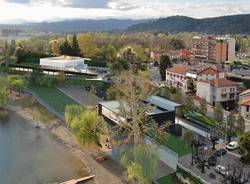
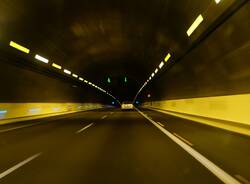



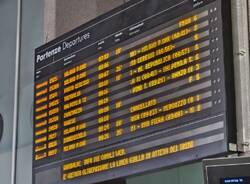
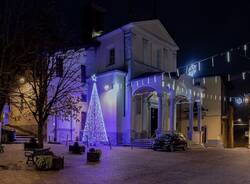

Accedi o registrati per commentare questo articolo.
L'email è richiesta ma non verrà mostrata ai visitatori. Il contenuto di questo commento esprime il pensiero dell'autore e non rappresenta la linea editoriale di VareseNews.it, che rimane autonoma e indipendente. I messaggi inclusi nei commenti non sono testi giornalistici, ma post inviati dai singoli lettori che possono essere automaticamente pubblicati senza filtro preventivo. I commenti che includano uno o più link a siti esterni verranno rimossi in automatico dal sistema.